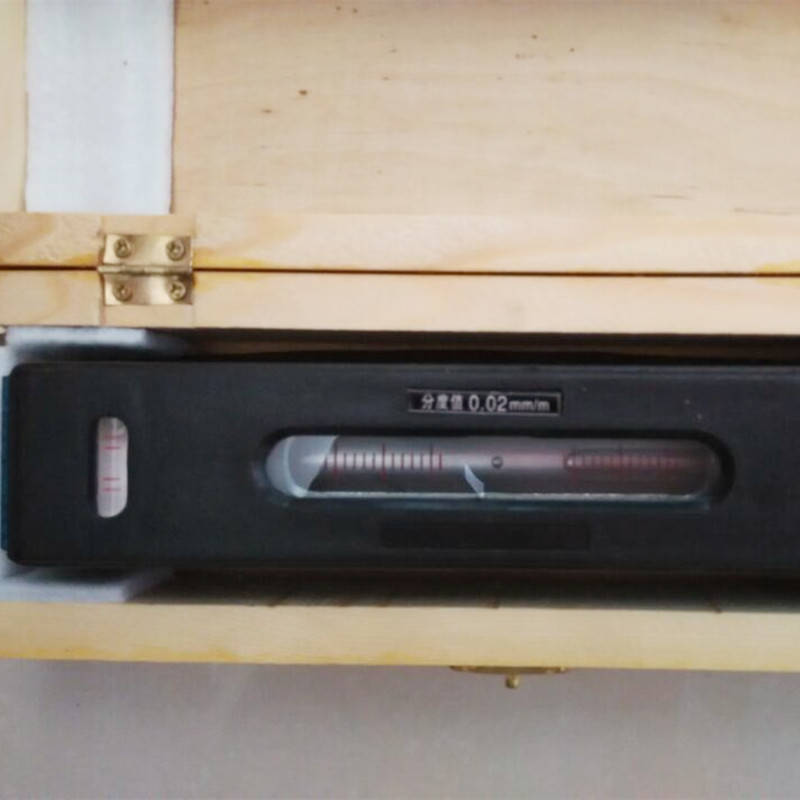12 月 . 03, 2024 17:55 Back to list
two types of gate valves
Two Types of Gate Valves Understanding Their Functionality and Applications
Gate valves are essential components in various industrial applications, primarily utilized for controlling the flow of liquids and gases. They are designed to be either fully open or fully closed, making them ideal for on/off service. Among the myriad types of gate valves available, two common varieties stand out the parallel gate valve and the wedge gate valve. Each type has its unique characteristics, advantages, and applications.
Wedge Gate Valves
The wedge gate valve is perhaps the most common type found in industrial and municipal applications. This valve operates by using a gate that is shaped like a wedge, which is inclined at an angle relative to the valve seat. In its closed position, the wedge gate is forced against the seat, creating a tight seal that prevents flow. When the valve is opened, the wedge is lifted upward, allowing fluids to pass through unobstructed.
One of the significant advantages of wedge gate valves is their ability to withstand high pressure and temperature applications. They are typically constructed from robust materials such as stainless steel, cast iron, and bronze, which provide durability and resistance to corrosion. Wedge gate valves are also known for their excellent sealing capabilities, particularly in large diameter lines where high flow rates are required.
Wedge gate valves come in two variations solid wedge and flexible wedge. Solid wedge valves feature a single piece gate, providing increased strength but may require precise alignment for sealing. On the other hand, flexible wedge valves have a gate that can slightly deform, enhancing their adaptability and sealing performance, especially in fluctuating pressure conditions. These valves are commonly used in water supply systems, gas distribution networks, and power generation facilities.
Parallel Gate Valves
Parallel gate valves, also known as sliding gate valves, differ significantly in design and operation from wedge gate valves. Instead of a wedge-shaped gate, parallel gate valves utilize a flat gate that slides between two parallel seats. This design allows better flow control and reduces the upward force required to open or close the valve. In the closed position, the gate rests flat against the seats, ensuring a tight seal.
two types of gate valves

One notable feature of parallel gate valves is their ability to handle larger fluctuations in pressure and temperature without compromising their integrity. Because the valve does not rely on a wedge mechanism, it can be more resilient in applications where there may be debris or sediment in the fluid. This characteristic makes parallel gate valves ideal for wastewater treatment plants, mining operations, and various chemical processing industries.
However, while parallel gate valves generally offer superior flow characteristics, they may not be as robust as wedge gate valves in extremely high-pressure applications. Their design is better suited for situations where flow rate control is as critical as unidirectional flow.
Application Considerations
When selecting between wedge and parallel gate valves, several factors should be considered, including the type of fluid being handled, temperature and pressure requirements, budget constraints, and maintenance considerations. Wedge gate valves are ideal for high-pressure applications with minimal fluid turbulence, while parallel gate valves are suitable for systems where flow control and adaptability are paramount.
Additionally, the installation and maintenance practices can vary significantly between the two types. Wedge gate valves may require more precise alignment and maintenance due to their design, whereas parallel gate valves may offer easier maintenance due to their simpler sealing mechanism.
Conclusion
In conclusion, both wedge and parallel gate valves play crucial roles in managing fluid flow in various industrial applications. Each type has unique advantages that cater to specific operational needs. Understanding their characteristics allows engineers and system designers to make informed decisions when selecting the appropriate valve for their applications. Whether it’s a robust wedge gate valve for high-pressure scenarios or a flexible parallel gate valve for sewage systems, the right choice can significantly impact efficiency and safety in fluid management systems. As technology continues to advance, these valves will likely evolve further, continuing to adapt to the needs of modern industries.
-
Y Type Strainers: A Comprehensive GuideNewsOct.18,2024
-
Understanding Water Valve Options for Your NeedsNewsOct.18,2024
-
Functions and TypesNewsOct.18,2024
-
An Essential Component for Fluid SystemsNewsOct.18,2024
-
Adjustment and ReplacementNewsOct.18,2024
-
Slow Closing Check Valves: A Key Component in Fluid SystemsNewsOct.08,2024
Related PRODUCTS









